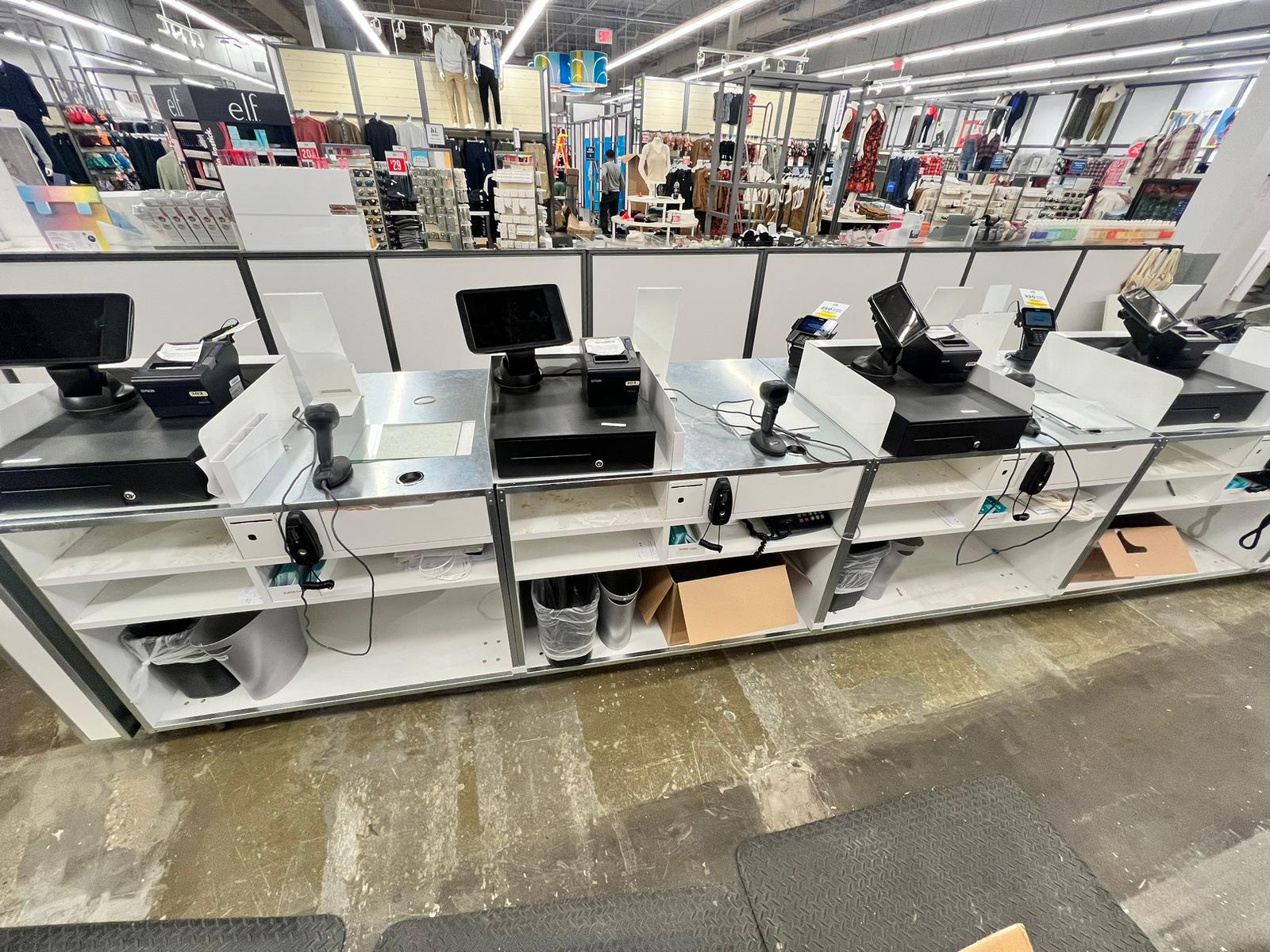Retail Store Renovation – Clothing
Constructing a low-budget clothing store involves strategic planning and resourceful execution to create an appealing and functional retail space without compromising on quality. Here’s a detailed overview of the process:
Initial Phase: Conceptualization and Planning
- Needs Assessment: The project began with consultations with the store owners to understand their vision, target market, and specific needs. The goal was to create a practical, attractive environment that maximizes the available budget.
- Site Selection and Evaluation: A suitable, cost-effective location was chosen, ideally in a high-traffic area to attract customers. A thorough site evaluation was conducted to assess structural requirements and potential challenges.
Phase 1: Design and Architectural Planning
- Architectural Design: Simple yet effective blueprints and 3D models were developed by architects and interior designers. The design included clear areas for different clothing categories, a straightforward layout, and an open floor plan to make the most of the available space.
- Material Selection: Cost-effective and durable materials were selected for flooring, walls, and fixtures. Choices included laminate flooring, basic drywall, and affordable shelving units. The focus was on functionality and durability.
- Lighting Design: A practical lighting plan was developed, using energy-efficient LED fixtures to reduce long-term costs. The design focused on providing ample light to enhance product visibility and create a welcoming atmosphere.
Phase 2: Construction and Build-Out
- Structural Work: Initial construction involved any necessary structural adjustments to the building, ensuring it met safety standards and the store’s layout requirements. This included basic repairs and adjustments to existing structures.
- Interior Build-Out: The interior construction phase focused on installing affordable yet sturdy flooring, basic wall treatments, and functional shelving units. The aim was to create a clean and organized look without excessive spending.
- Technology Integration: Essential retail technologies were integrated, such as a basic point-of-sale system and security measures. These technologies were chosen for their affordability and reliability, ensuring smooth operations without breaking the budget.
Phase 3: Specialized Areas and Equipment
- Product Displays: Simple, modular display units were used to organize clothing. These units were chosen for their versatility and cost-effectiveness, allowing for easy reconfiguration as needed.
- Changing Rooms: Basic but comfortable changing rooms were constructed, with simple fixtures and adequate privacy measures. The design ensured functionality without unnecessary expenses.
- Storage and Backroom: An efficient backroom was created for storage and inventory management. This included affordable shelving units and basic organization systems to keep stock in order.
Phase 4: Finishing Touches and Detailing
- Custom Fixtures and Furnishings: Custom fixtures were kept minimal and functional. Basic tables, racks, and display stands were used to present the clothing attractively while staying within budget.
- Decor and Signage: Simple and effective branding elements, signage, and decor were added. This included clear, attractive signs, basic wall decor, and functional displays to enhance the shopping experience.
- Exterior Design: The exterior of the store was given a clean and inviting look with minimal enhancements. Affordable signage and window displays were used to attract customers and create a welcoming entrance.
Phase 5: Quality Assurance and Finalization
- Inspection and Quality Control: Basic inspections were conducted to ensure all construction and design elements met safety and functionality standards. Any necessary adjustments were made promptly.
- Staff Training and Soft Opening: Before the official opening, staff were trained on the store’s layout, technology, and customer service standards. A soft opening was held to test the store’s operations and make any final adjustments.
Completion and Grand Opening
- Grand Opening Event: The project culminated in a grand opening event to attract customers and create buzz. The event showcased the store’s practical design, affordable product range, and customer-friendly layout.
- Customer Experience: The completed low-budget clothing store offered a functional and enjoyable shopping experience. The straightforward design, organized displays, and friendly service ensured that customers found what they needed easily.
The construction of the low-budget clothing store was a successful project, resulting in a functional, attractive, and cost-effective retail space. The strategic use of resources and focus on essential elements created a store that met customer needs while staying within budget.

